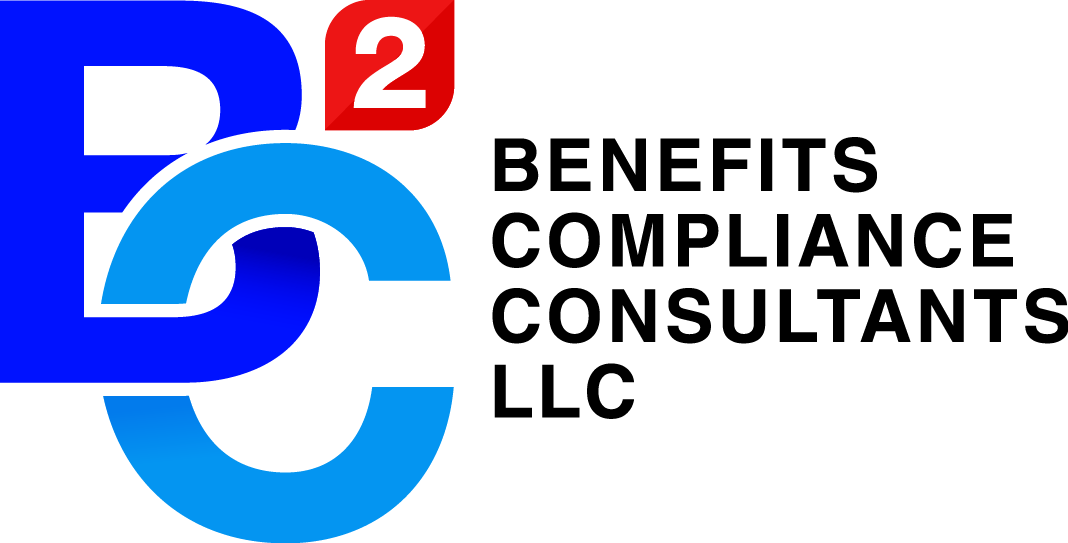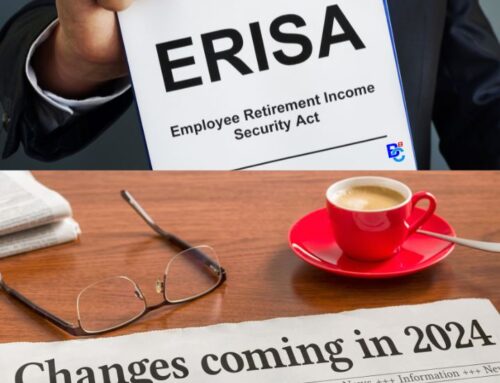Here is how ERISA Compliance works.
ERISA is a law that governs the operations of different retirement plans in the United States. The law also safeguards welfare benefit plans such as insurance plans for group life, dental, and other types. This article answers questions such as “What is a wrap plan?”
The federal government mandates the Department of Labor to enforce ERISA. One of the primary objectives of the legal provision is to protect workers of different organizations from unfair actions and practices by various retirement plans and welfare programs.
Every employer is required to sensitize their employees about the options they have and how they can benefit from them. Every private institution in the country that offers retirement plans and health insurance benefits must adhere to ERISA.
However, churches and all government bodies are exempted. Additionally, if you are self-employed or in a partnership and you do not have employees, you are not subject to ERISA guidelines.
The Main Sections of ERISA.
Every section of the legal provision has its relevant regulations, as explained below:
- Disclosure.
Administrators of retirement plans are expected to provide any crucial information about a plan to their employees. The information should include details about the types of coverage offered, levels available, and relevant reports.
Sometimes, the Department of Labor may ask the administrators to send the relevant documentation concerning employee programs. For example, an employer may be asked to send a document called a wrap plan, which shows all their health and welfare plans.
- Payment of Claims.
Every welfare program an organization offers must have a claims process, and employers should inform their workers about it. If an employee’s claim is denied, the employer is required by law to provide a thorough explanation.
- Reporting.

Other than providing the information requested by the Department of Labor, organizations must file documentation with information about welfare programs available for their workers and coverage types for each of them. The information is provided if an employer decides to increase or decrease the levels of coverage for their employees.
Classification of Benefit Plans.
Benefit plans organized by employers are divided into two main categories: welfare plans and retirement plans. Most employee welfare programs are required to adhere to the guidelines of ERISA, irrespective of their size.
Generally, the federal law applies to all group health plans that are funded by employers, including ones that are self and fully insured. Benefits such as overtime payments and medical leave are also subject to federal law.
ERISA provides guidelines that ensure every employee receives the money that has accumulated in their accounts over the course of their working lives.
Employers are not required to have retirement plans for their workers. However, if they decide to have a plan, they must adhere to the minimum standards of the law.
Employers should ensure that their workers can easily access written information about their funds through regular mailing and hard copies.
ERISA also requires organizations to explain to their workers how they can file claims for their retirement benefits with ease.
Employers should also diversify their investment portfolios to minimize the risk of loss and ensure that they will have the ability to pay out retirement benefits when due.
An organization that complies with retirement plan guidelines set by the law should provide information about investments made and their returns to employees.
Now that you know how ERISA Compliance works, let’s look at the…
Common Violations of ERISA.
A violation of federal law refers to the failure of a party to meet their obligations. Some of the common violations include failure by some employers to offer benefits due to their employees and failure to observe the rights of workers covered by a benefit plan.
Action Taken against ERISA violators.
The federal law has two types of actions taken against violators: when a plan beneficiary files a complaint against a violator and when the Department of Labor takes action.
The law requires beneficiaries to exhaust other administrative procedures before filing a lawsuit against a violator.
There are civil and criminal punishments for violators of ERISA. Civil punishments include payments, fines, or changing the provisions of a plan. The complainant receives any benefits that had been denied, interest accrued over time, and legal fees incurred during a lawsuit.
On the other hand, criminal punishments include paying fines, and violators may also face imprisonment. If an employer provides false documents about plan benefits, they may be required to pay a fine of up to $10,000.




